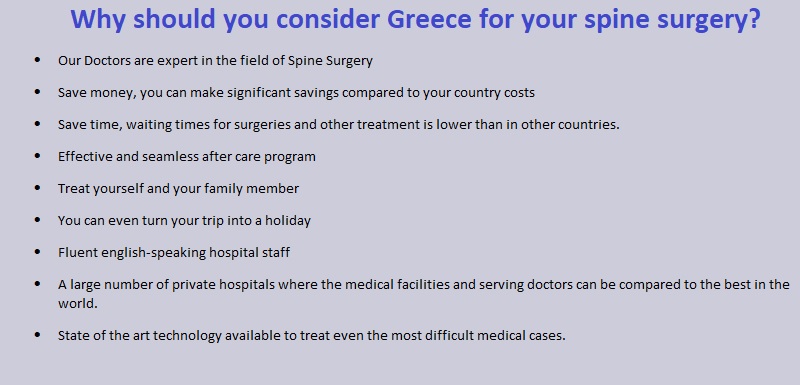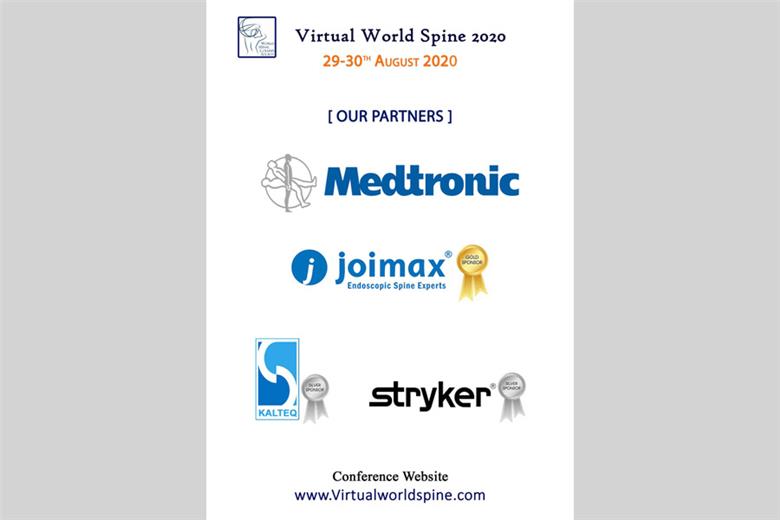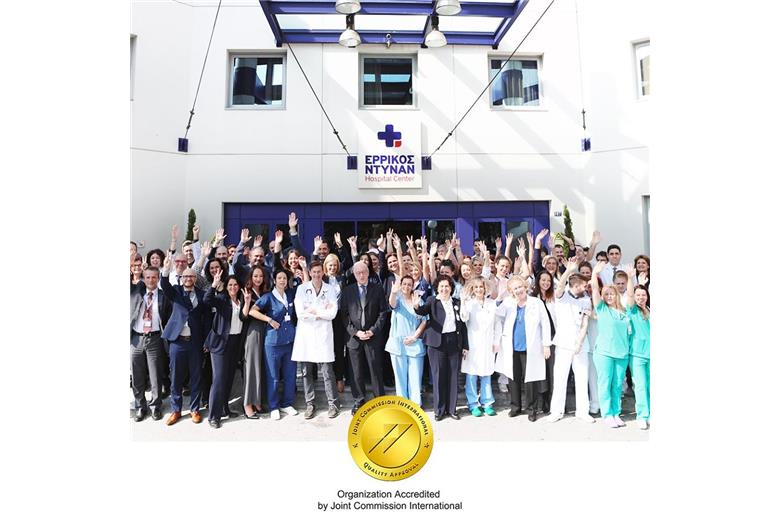A herniated disc is a common injury that can affect any part of the spine. A herniated disc can cause severe pain and other problems in the arms or legs.
Disc Herniation
What is a herniated disc?
In our spine, there are many discs which contain a tire like outer band that is surrounded by a gel like substance called nucleus pulposus. All the shocks from the spine's movements are absorbed from that gel. Disc herniation is caused when those discs wear out. For instance, a cervical herniated disc causes neck, shoulder and arm pain.
When the herniated disc is in the lumbar spine, the patient may experience leg and/or low back pain, numbness and tingling in the same areas. There are many factors that can cause disc herniation such as lack of exercise, aging, poor posture, poor diet, prior injuries of the spine, smoking, etc.
How is it diagnosed?
Disc herniation can be diagnosed through a thorough medical examination during which reflexes, muscle weakness, and loss of sensation are being tested. While verifying the patient's medical history, the physician tries to rule out other basic factors such as inflammation, tumors, or even viral infections. An x-ray, a CT scan or an MRI scan may be requested in order to obtain a more detailed image of the patients' spine.
Conservative treatment
Thankfully, most cases of disc herniation do not require surgery. It can be eliminated or treated with
- Anti-inflammatory drugs and pain killers
- Massages
- Physical therapy sessions
- Spinal injections
- Physiotherapy exercises
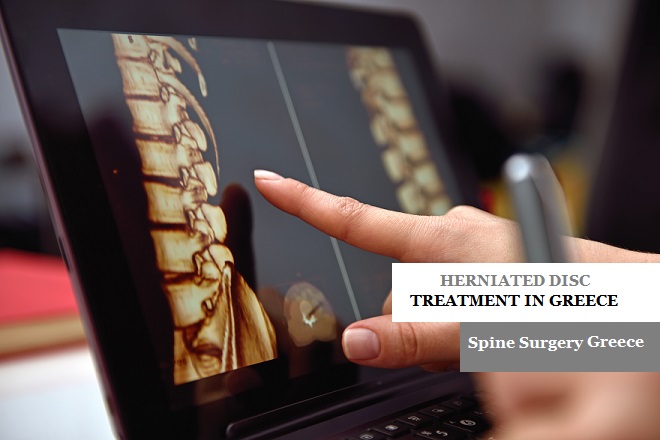
Surgical treatment
Surgery may be the best solution if the above non-operative treatments are not effective for you.
Micro Endoscopic Discectomy (Lumbar)
This minimally-invasive procedure is performed through a tubular device. Its purpose is to relieve the pain that the herniated discs cause while pressing on nerve roots. A guide wire is inserted through a small incision and is pushed to the affected disc level. The surgeon uses a special type of x-ray machine called a fluoroscope to ensure that the route to the herniated disc is made in the correct location.
Afterwards, a series of dilating tubes are passed over the guide wire to push apart the tissue down to the vertebrae. The guide wire is then removed. The tubular retractor, through which the surgery will be performed, is slid over the dilating tubes. It is positioned on the bone surface. All the dilating tubes are then removed.
In order to see through the tube, a surgical light and small camera or microscope are used. Bone and soft tissue are cleared with the use of surgical instruments to allow access to the spinal canal. The surgeon uses a nerve retractor to gently move the nerve away from the herniated disc. The herniated portion of the disc is removed and the area is cleared, giving space to the nerve to move back to its normal position. After the tubular retractor is removed, the body tissue closes around the surgery area. The wound is covered with a small bandage.
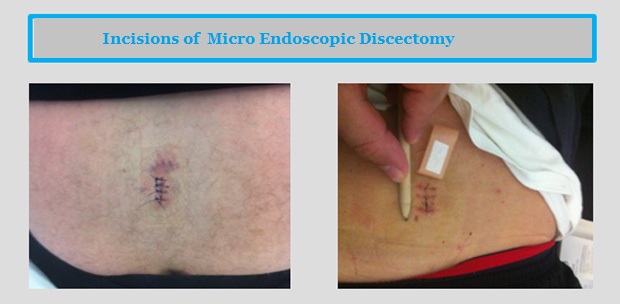
Anterior Cervical Discectomy and Fusion (ACDF)
This surgery removes a herniated or degenerative vertebral disc in your neck and replaces it with a graft. Its purpose is to relieve painful pressure on spinal nerves.
In preparation for the procedure, you are positioned on your back, and then anesthetized. The surgeon creates a small incision in the front of your neck. In order to create a path to your spine, the structures within your neck are gently moved aside. The surgeon carefully removes the damaged disc, thus leaving a space between the vertebrae in which a graft is inserted. The graft may be made from a piece of bone taken from your hip. It can also be made from donor bone, or from a synthetic material.
The graft fills the open space and holds the vertebrae in the proper position. The surgeon may secure the graft with a metal plate and screws. When the procedure is complete, the incision is closed. As your spine heals, new bone will grow and the graft will become permanently attached to the vertebrae. This is called a "fusion”.

Here are some reasons for which you should consider Spine Surgery in Greece
